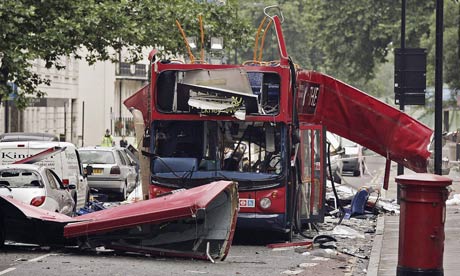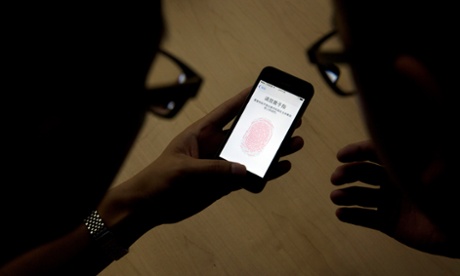1. What is meant by the term ‘citizen journalist’?
Citizen journalists are the audience who have become users and the users have become publishers. They have started creating their own content, a era of user generated content (UGC) where the old divide between institutions and audience is being eroded.
2. What was one of the first examples of news being generated by ‘ordinary people’?

In the 1990's the development of new technology started rising the citizen journalists such as using video phones or cameras, moreover the the growth of internet and user do,inated sites have increased to publish user generated content. One of the first examples of news being generated by ordinary people was the Rodney King incident, an African-American who was chased after speeding and drug use. Los Angeles police officers who were of White-American had abused the 25 year old by tasering and beating him up with clubs and accused King of offending the police officers. However the event was filmed by an person who was looking out his apartment window where he had witnessed the incident and therefore took a home footage on his camera which was a popular technology in the 1990's and affordable.
3. List some of the formats for participation that are now offered by news organisations.
Message boards, chat rooms, Q&A, polls, have your says and blogs with comments enabled. Another user generated content source would be social networking sites for example: Bebo, MySpace, Youtube, Facebook and etc. The citizen journalists and audiences turn to these social media sites to access news.
4. What is one of the main differences between professionally shot footage and that taken first-hand (UGC)?
The differences between professionally shot footage and hand taken footage are different as hand taken footage provides another opportunity for citizen journalists to influence the mainstream news agenda, moreover no one was closer to the events than those at the time therefore the footage they provide from their mobile phones or cameras was raw and uncompromising. A first-hand view, rather than professionally shot footage from behind police lines, is often more hard-hitting and emotive. An audience used to relatively unmediated reality through the prevalence of reality TV can now see similarly unmediated footage on the news.The desire for everyone to tell their own story and have their own moment of fame may explain the huge popularity of Facebook, MySpace and other such sites.
5. What is a gatekeeper?
When journalists and editors create their own news they decide what news is and what it isn't (user generated content) and publish it on social sites for audience to watch.
6. How has the role of a gatekeeper changed?
Gatekeeper role has changed as the audience who watch the journalists and editors point of view, they are able to also publish their story of news online such as the media social sites to get their opinion and suggests across just like journalists.
7. What is one of the primary concerns held by journalists over the rise of UGC?
One of the primary concerns held by journalists over the rise of user generated content is likely that in the future there will be fewer and fewer permanent trained staff at news organisations, leaving a smaller core staff who will manage and process user generated content citizen journalists. Some audiences think the mediators and moderators might eventually go too and leaving the world where the media is finally unmediated, therefore this does raise concerns about UGC.
Notes..
- UGC from citizen journalists, sometimes known as ‘crowd sourcing.’
- The change in the landscape of the news means that groups who had little access to self-representation before, such as youth groups, low income groups, and various minority groups may, through citizen journalism, begin to find that they too have a voice.
- You can send in as much UGC to the major news organisations as you want, with no guarantee that any of it will ever be aired.













